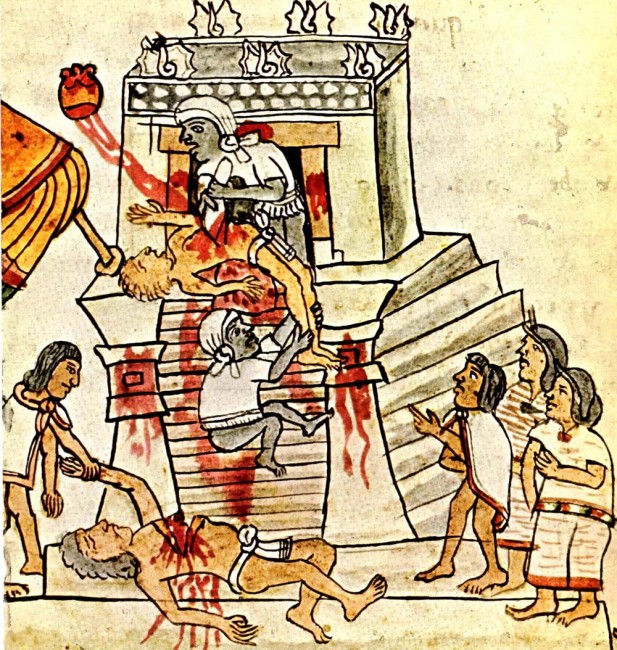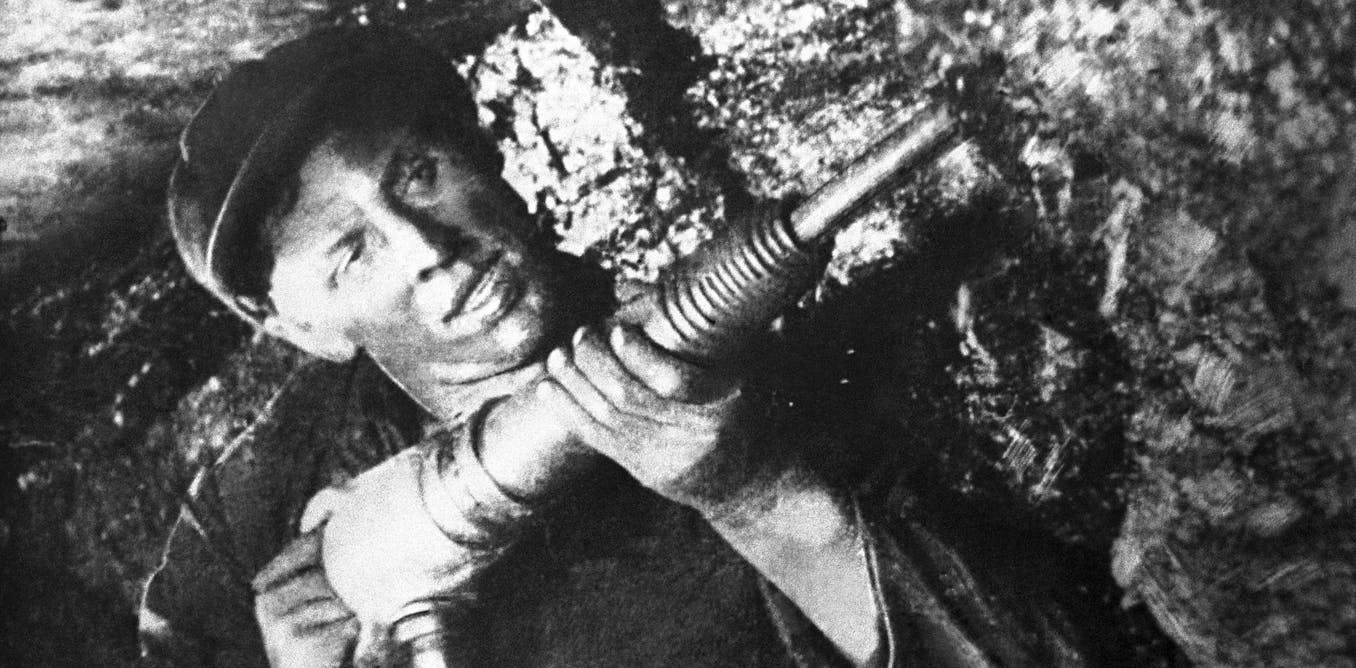
Human Sacrifice: A culture that initiated class systems
Ritual human sacrifice seems to be key to the materialization of hereditary class systems. Influential members of society carried out these killings to control, intimidate and electrify the lower ranks. So say Joseph Watts and Russell Gray at the University Of Auckland, New Zealand, and their colleagues, who browsed ethnographic data for evidence of ritual killing in 93 traditional Austronesia cultures. Other researchers take issue with their methodology and conclusions. Ritual human sacrifice – the taking of human life for religious purposes used to be widespread. For instance, it was a feature of many Austronesia language cultures, which exist in a broad equatorial region stretching from Madagascar in the West to Easter Island in the East. Watt’s and Gray’s team plotted the data on an evolutionary tree of the cultures that Gray and his colleagues pieced together in 2009 on the basis of linguistic evidence. This allowed them to estimate how often Austronesia ethnicity shamed ritual human sacrifice, and to explore whether its adoption had any influence on the development of social structure. They found that the adoption of sacrifice increased the rate at which societies with an aspiration hierarchical structure shifted to an inherited class system. It also decreased the rate at which hierarchical societies collapsed into simpler uncensored ones. Watts thinks that ritual killing was a potent way for social elites to flaunt their power over lower social orders particularly given that sacrificial victims were usually low-status individuals. Watts and Gray think that this means societies can only become highly stratified by employing terror tactics like ritual sacrifice – which might suggest that the large stratified societies we live in today began to emerge as a result of human sacrifice. Other researchers agree that the driving force behind human sacrifice is a fascinating and generally neglected subject. “I think it’s absolutely an important project,” says Joseph Henrich at the University of British Columbia in Vancouver, Canada. “Sacrifice does seem to have been performed in societies all around the world.” But he and others disagree with Watts and Gray’s conclusions. By exploring ritual human sacrifice and social structure in the context of an evolutionary tree that was built on linguistic data, the team assumed that all of these cultural traits were passed down generations in the same way said by Henrich. Analyzing the global history of social and political organization the preliminary results show that extreme inequality that are characterized by traits including human sacrifice and slavery was a stage that cultures rapidly grow out of as they develop.






:quality(75)/https%3A%2F%2Fdev.lareviewofbooks.org%2Fwp-content%2Fuploads%2F2024%2F04%2FThe-Blind-Spot.jpeg)









